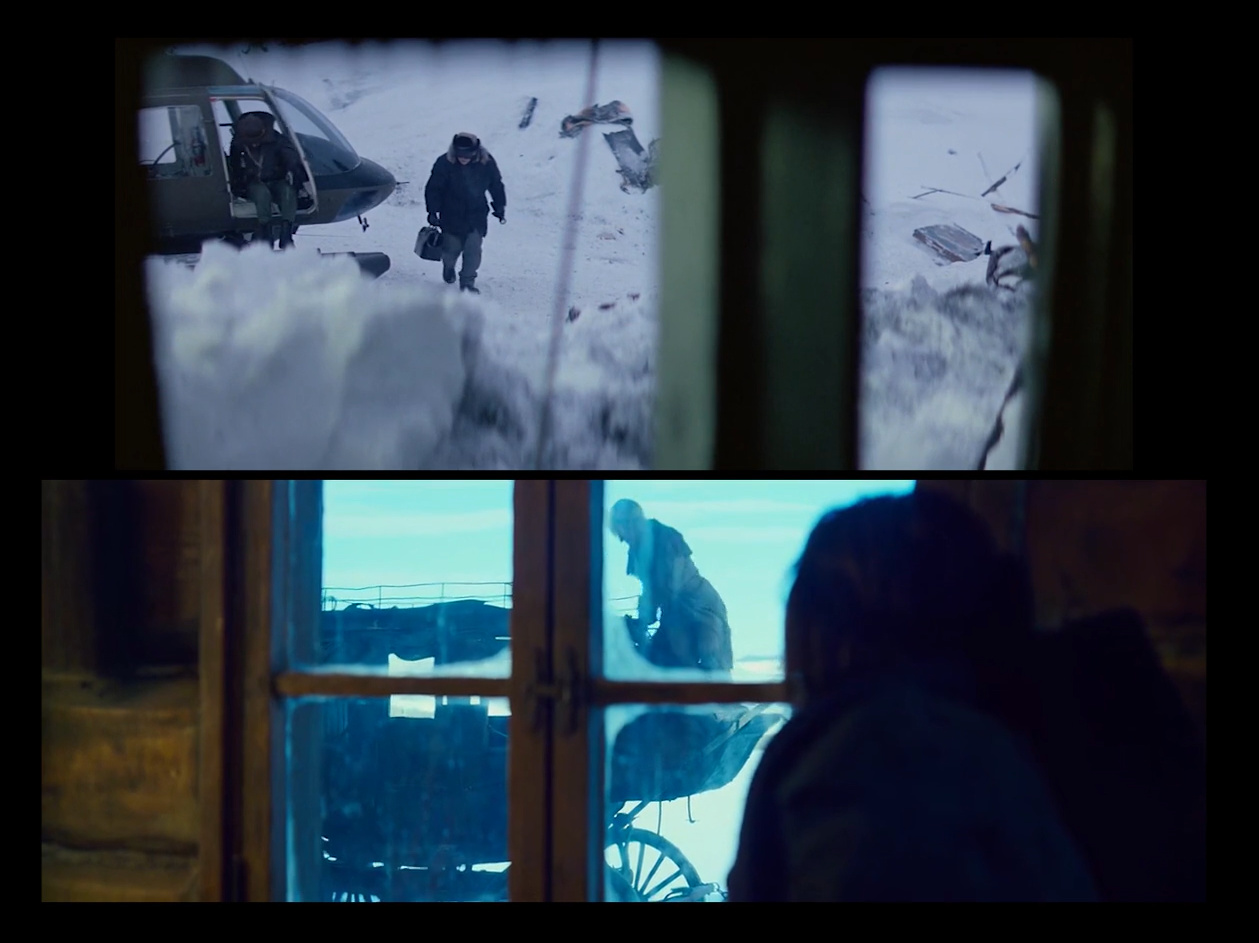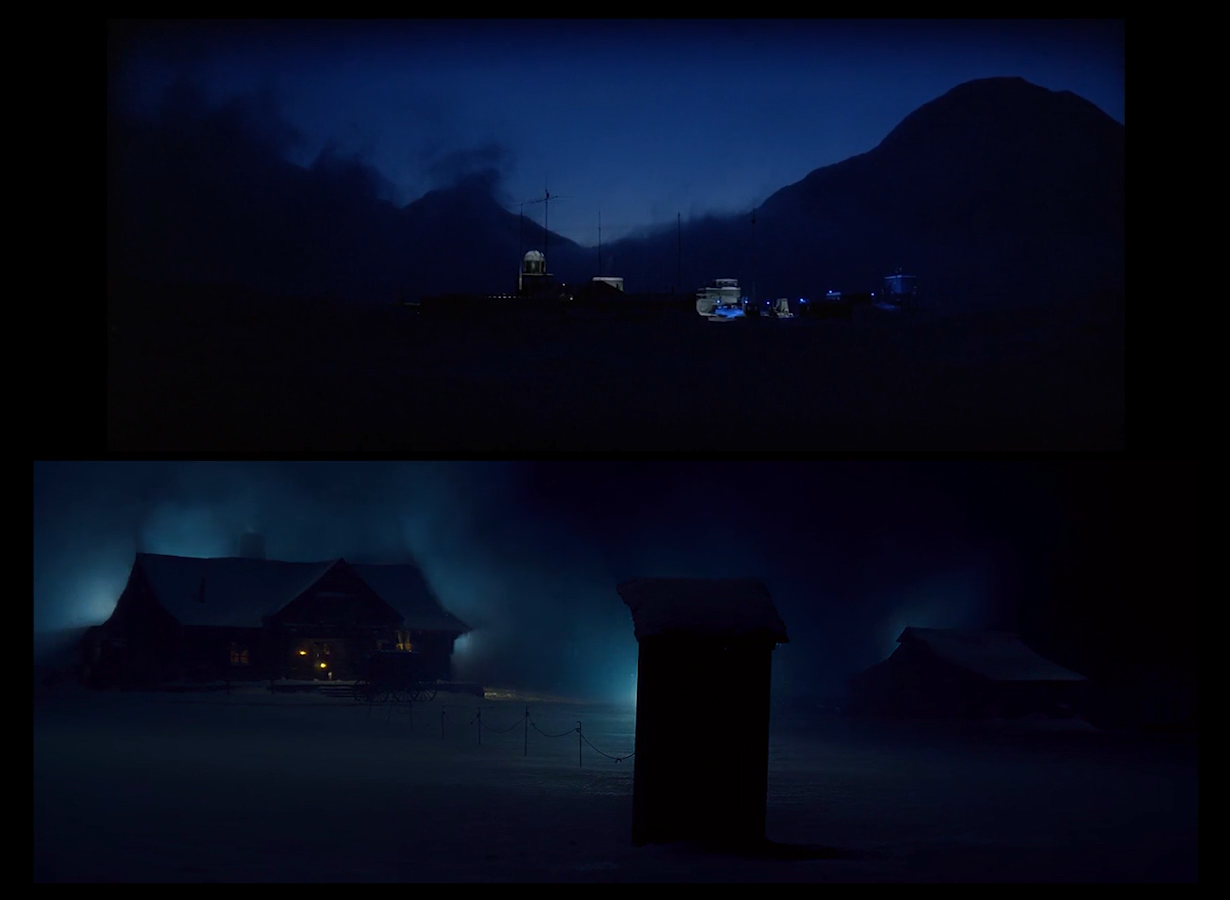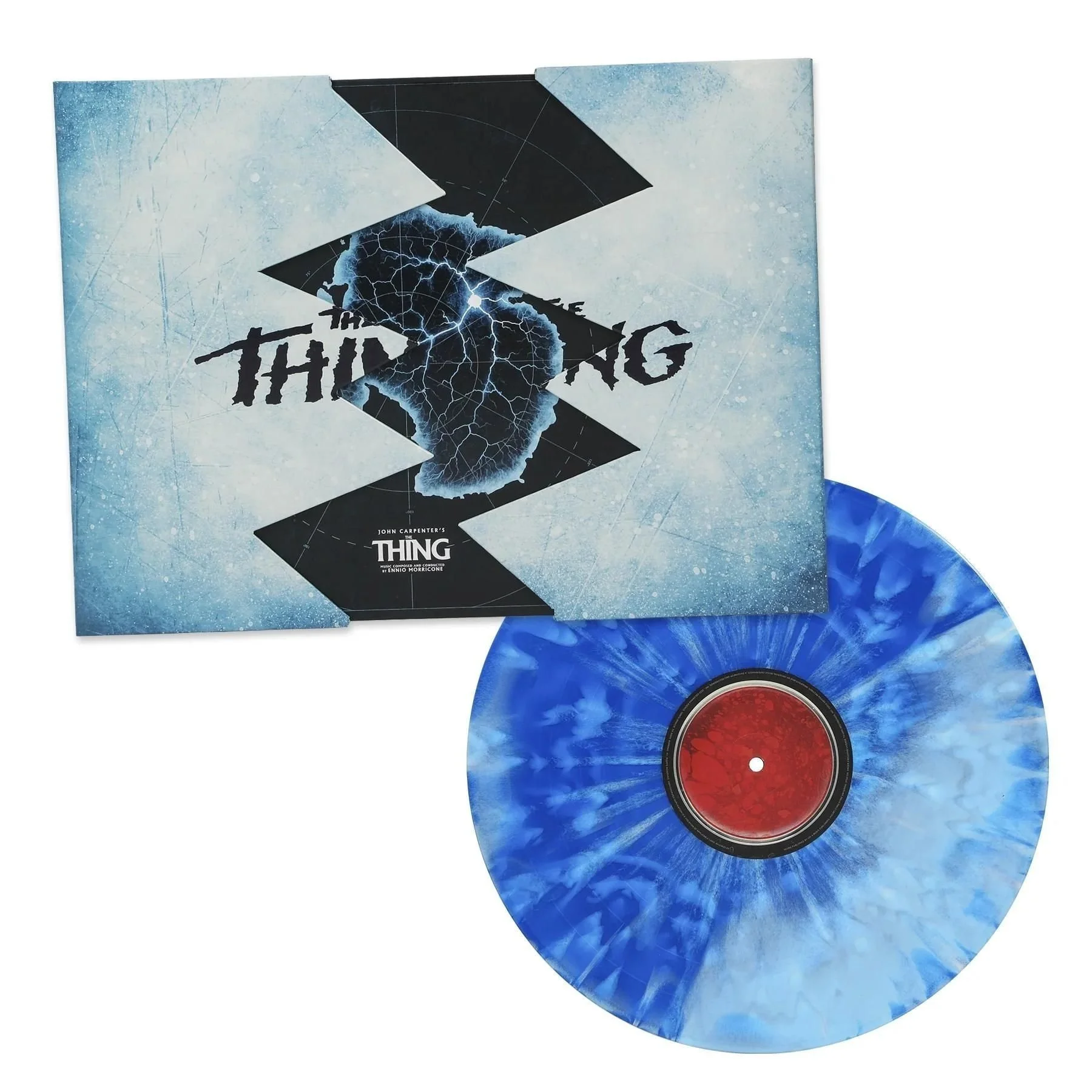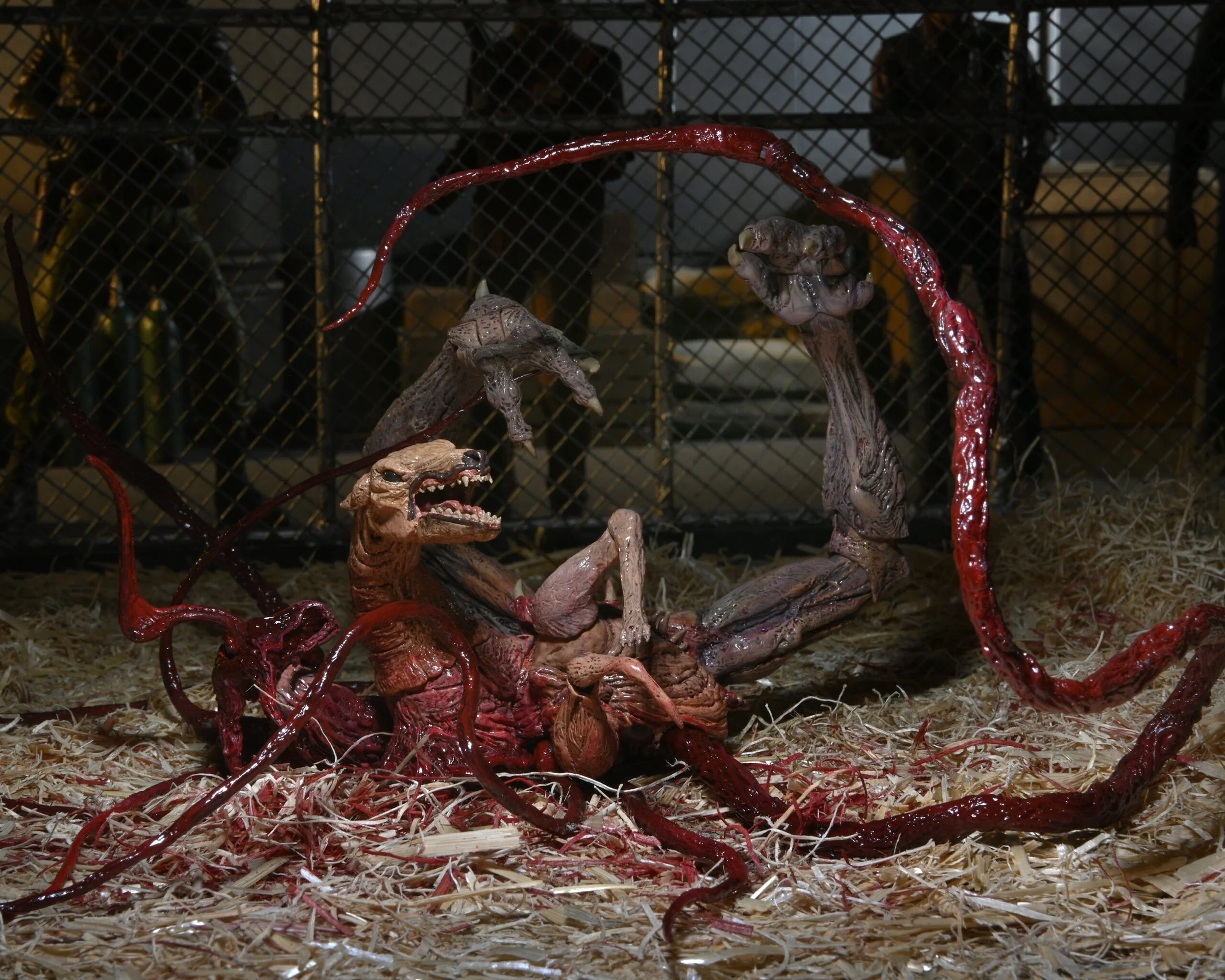The Persistent Appeal of John Carpenter’s The Thing
Introduction
I was raised on Science Fiction. From an early age, I was watching classics from the 1950’s like Them!, a cheesy science fiction movie about giant radioactive ants in the deserts of New Mexico as the military attempts to stop their spread. Another similar movie was The Thing from Another World, the first adaption of the John W Campbell novella, Who Goes There?, about a remote outpost in the arctic that finds an alien spaceship frozen in ice. They soon thaw out the alien from this spacecraft and find themselves defending themselves the creature in a fight for survival. These films and others like it laid the groundwork for my taste in movies.
History
In 1982, John Carpenter would release his own adaption of the novella, but it would be his own creative vision that audiences would not be as receptive to for years to come. While not being a complete box office failure, it was certainly not a major hit either, coming in at #8 overall and earning $3.1 million its opening weekend. Many would later attribute this to the release of Steven Spielberg’s E.T. The Extraterrestrial just weeks before the film with the loveable, child-friendly alien, compared to the murderous aliens here and the depressing and gory nature of this film. The weekend of The Thing’s opening, E.T. would once again take number the number one spot. In fact, Blade Runner (another box office disappointment), Star Trek II: The Wrath of Kahn, and Tron were all released this year. All of these films were seen as elevated and optimistic. Carpenter’s The Thing was seen as neither. Not only was the box office weak, but the critical reception was truly awful with many criticizing it as boring and attacking the special effects, gore, and even the music by the master Ennio Morricone, which was even nominated for a Razzie for Worst Musical Score. It’s important to note that up until this point, and even since to a point, there have not been a lot of science fiction movies that have leaned so hard into the horror elements of the genre, even fewer who have done it with much success. Alien and Aliens are the big standouts in the Sci-Fi Horror category, and even their sequels have all failed to capture the magic of the original and its sequel, with Aliens really being categorized as a sci-fi action movie in most cases anyway. All of this led to John Carpenter being fired from directing Firestarter, although he would later do the score for its remake. It also led to Universal deciding to buy him out of his contract with them. In 2008, John Carpenter stated, “I take every failure hard. The one I took the hardest was The Thing. My career would have been different if that had been a big hit ... The movie was hated. Even by science-fiction fans. They thought that I had betrayed some kind of trust, and the piling on was insane. Even the original movie's director, Christian Nyby, was dissing me.”
To say people have changed their tune since its release would be an understatement. It’s hard to pinpoint exactly when the film began to garner a cult following, but it certainly did. Many, myself included, even count it as one of the best science fiction horror movies ever made.
The Plot
Before we get into more in-depth topics such as the music, special effects, and toys/games, let’s discuss the plot. I hope you’ve seen the film at this point since it was released over forty years ago, but ya never know. The plot revolves around a remote outpost in Antarctic where a group of Americans is stationed. They witness a Norwegian helicopter entering their camp firing upon a snow dog. One of the passengers accidentally blows up himself and the helicopter while the other continues to fire at the dog, hitting one of the Americans, before being shot and killed himself. Since they don’t understand his language, they don’t know understand anything about his situation. From there, one of the Americans takes the dog in while a small group of the others go to investigate the Norwegian outpost. Upon arriving, they quickly realize there are no survivors from this camp, and something terrible has occurred here. There are clues as to what happened, such as the charred remains of something that may have been human and an area outside where something huge was found buried in the ice. They bring back the charred remains to their camp to run some tests. The tests show that the remains contain a lifeform that can duplicate other lifeforms. This is exactly what happened at the other camp and has already begun at this camp. What ensues is a race against time to locate any assimilated crew before they can take over the entire outpost and escape.
The results of this are extremely effective. Most of all because you never really know who was assimilated. Some of them are found while not completely assimilated, and some are located through blood tests, but there are others in the group who, to this day, no one knows if they were things or not.
Major spoilers this way comes.
Viewers are still theorizing if characters like MacReady (Kurt Russell) or Childs (Keith David) were human or thing at the end, and if they were thing, then when were they assimilated? This also adds to the high rewatchablility of the film which has become at least an annual tradition for myself and my friends. The closing shot is of MacReady and Childs, surrounded by a desimated camp, with Childs asking, “How will we make it?” and MacReady replying, “Maybe we shouldn’t.” and eventually Childs inquiring, “well, what do we do?” and MacReady conceding, “Why don’t we just wait here for a little while…see what happens.” as MacReady passes a bottle of whiskey to Childs, smiles, and the credits roll. There are many ways to interpret this ending. One popular fan theory is that the bottle of whiskey is a Molotov Cocktail where an alien wouldn’t know the difference of gasoline or whiskey so MacReady now knows that Childs is another creature. It is most certainly left up to the viewer how they’d like to interpret this though so who’s to say?
Let’s dive deeper into some of the other aspects of John Carpenter’s The Thing.
The Music
The score for The Thing was largely composed by Ennio Morricone, an award winning Italian composer responsible for over 450 film scores including classic such as The Hateful Eight, The Untouchables, and The Good, The Bad, and the Ugly. In total, he has been nominated for 97 awards and has won 87 including one Oscar. As an avid vinyl collector, I try to keep a pulse on the different collectible versions of The Thing’s soundtrack, and I’ve found it sells out extremely quickly nearly everywhere it goes on sale. The special edition vinyl containing the breakaway ice slipcase (picture here), for example, has eluded me each time it has restocked. I did, however, manage to get a copy of the standard soundtrack as well as the The Thing: Lost Cues vinyl (mentioned below).
When developing the soundtrack, Morricone composed all of the music without ever seeing the film. By this point, Carpenter had directed and scored Dark Star (1974), Assault on Precinct 13 (1976), Halloween (1978), The Fog (1980), and Escape from New York (1981). Besides Escape from New York, where Alan Howarth collaborated with Carpenter on some of the sound design, this was Carpenter’s first foray into hiring his own composer for his film. When Morricone finished, he proposed multiple versions to Carpenter, with one version, in particular, made to sound like a John Carpenter soundtrack, utilizing a combination of orchestral and synthesizer scores. He gave Carpenter the choice of which version to use in the movie with Carpenter choosing the one that sounded most like his others. Once Carpenter entered the editing process, he quickly realized that there was additional music work needed. Instead of bringing Morricone back in, Carpenter decided to create his own musical cues and sound effects to accompany Morricone’s score and to fill some of the narrative spaces where Morricone’s score didn’t quite fit. Surprised by this, Morricone would ask Carpenter, “Why did you call me, if you want to do it on your own?" with Carpenter responding, "I got married to your music. This is why I've called you." This would result in just over 11 minutes of musical composition that would later be rereleased by Carpenter, his son, Cody Carpenter, and his godson, Daniel Davies, on the Lost Cues vinyl (mentioned above) due to the original masters being lost to time.
In the end, what would result is a dread-filled, atmospheric score that perfectly encapsulates the impending doom of the film. From a musical standpoint, Carpenter’s influence can still be felt in horror movies today, especially with the comeback of the use of synthesizers to create an 80’s aesthetic in films.





Influence
When Quentin Tarrantino would ask Morricone to compose his 2015 film, The Hateful Eight, the obvious influence on the score can be felt. It can even be seen in the overall style of the movie as a group of individuals is trapped in a winter storm attempting to anticipate who the hidden antagonist is amongst their group. It goes a step further by including shots of them traveling outside in the snow storm using nothing but lines on poles set up between the different structures to navigate. Both films also start with shots of the snowy mountains, characters traveling through the snow to arrive at the snowy basecamp, and nearly identically lit scenes. Best of all, both films even star Kurt Russell sporting massive facial hair. There is even an interesting theory that The Hateful Eight is a remake of The Thing. Many content creators have even made videos with shot for shot comparisons of the two movies such as this popular video, The Hateful Thing. I’ve included a number of side by side shots in the slideshow to the right to further show the comparisons. Another movie that leans hard into horror is 2016’s The Void. This film is set in a hospital instead of the arctic but still has a group of people trapped in one location not knowing who to trust, here because they’re being driven to madness in a way that harkens back to HP Lovecraft’s Cthulhu mythos. The Void also relies solely on practical effects and features some of the best creature design I’ve seen in recent years. It also takes heavy influence from Carpenter’s Prince of Darkness which is another favorite of mine with another an score and a group trapped in an old church where, once again, people can’t trust each other, this time because members of the group are being possessed. In fact, The Thing, Prince of Darkness, and In the Mouth of Madness have been designated Carpenter’s Apocalypse Trilogy due to them all being about the end of the world.
The Special Effects
When deciding who to bring aboard to handle special effects on The Thing, Carpenter stuck with a familiar face, as he often does, and chose Rob Bottin. They had previously worked together on The Fog, and Bottin also did the impressive werewolf effects in The Howling. When deciding the path forward for the effects, Carpenter and Bottin first needed to decide what the creature was going to be. In the novel, it was a humanoid who could shapeshift, and Carpenter initially wanted to go this route as well. Bottin is actually the one to make the suggestion that the creature is only in a constant form when it is imitating one of the characters. Otherwise, it is a morphing amalgamation of all of the monsters it has come across throughout the galaxy. This opened up the possibilities for creature design greatly and was the key to all of the horrifying creatures that are now the cornerstone of this movie. These effects have truly stood the test of time. Where computer generated graphics become obsolete within years, after over forty years, these effects are still impressive to this day.
Toys, Games, and More
As with most cult phenomena, John Carpenter’s The Thing also has a great number of great toys and games to go along with it.
My first introduction to this area was through the 2002 survival horror game of the same name. This was a third person survival horror game that captured the paranoia and horrors of the movie quite well. Here, you navigate a series of outposts fighting various monsters, meeting other survivors, and traversing challenges as the main character Blake. What make the experience unique is the use of a Fear/Trust System that dictates whether the NPCs trust you or not. You are able to use blood test kits to prove you are who you say, but supplies are limited so there will be plenty of situations where the NPC may turn against you and attempt to kill you. Conversely, there are plenty of situations where you are forced to make a decision of whether to trust the NPC or not, and sometimes this results in you staring an alien in the face with nothing but a pistol to protect yourself. Hopefully you find a flamethrower soon though. At the time of release, John Carpenter stated that this video game was considered canon, but over time, many have questioned whether this was simply a marketing tactic. Nevertheless, the end result is an extremely fun experience, if at times being a bit of a mixed bag, but I still look back fondly on the experience of playing through the entire thing. There were also a number of callbacks to the movie such as finding the body of Childs who has been shot in the head or being assisted by MacReady piloting a helicopter in the final boss battle. SyFy.com recently published an intriguing analysis of the game titled ‘THE THING 2002 VIDEO GAME REMEMBERED BY CREATORS: "WE WERE REACHING FAR BEYOND OUR CAPABILITIES”’ that is actually very intriguing with some interesting notes by the makers of the game that I highly recommend.
Other than the game, NECA also has licensed the toy rights for the movie and has released some pretty cool figures like this dog creature (pictured). This can transform into multiple forms such as the normal husky, the full alien, or something in between. There are also a few different MacReady toys available where you can switch out his appearance and weapons. Very fun must-haves for the die-hard fans out there.
Another domain the franchise has dabbled in is board games. There is The Thing Infection at Outpost 31 (2017) and The Thing: The Boardgame (2022). In the Outpost 31 game, 4-8 players have the choice of various characters from the movie followed by someone secretly being assigned the role of The Thing. I have personally played this one and found it to be very fun. I did think the rules could have been explained better in the rulebook, but in the years since then, there are now YouTube videos, tutorials, etc. available to help through that process a bit more. It also seemed very difficult for the alien to really stop everyone so the humans won both games we played. With that being said, it’s not an expensive game, is very fun, and has a 7.2/10 on BoardGameGeek.com. The Thing: The Boardgame, from 2022, I have not played, but it had an extremely successful Kickstarter campaign receiving €413,580 in pledges from its €42,000 goal. With it being funded on Kickstarter, this means there is a ton of content out there for it that isn’t available in the base game like expansions, mini’s, etc. This version has a 7.7 on BoardGameGeek.com at the time of this writing and is able to be played by 1-8 players. Otherwise, the premise seems to be mostly the same with rule and mechanic tweaks being the bigger difference between the two.
Some other collectibles that are a bit difficult to find at an affordable price due to them not being in production any longer are the Norris Creature Spider and the Blaire Monster figures from the 2000s and the Dark Horse comics from the 90s. Bloody Disgusting actually put together a list of some of 10 of the Coolest Collectibles You Need to Own that includes some additional info on these and others.
Conclusion
One of the themes of John Carpenter’s career has been his taking on so many of the duties behind the camera. By doing this, his filmography all have a lot of the same feel to them. Even in cases such as Halloween II and Halloween III: Season of the Witch where he passed on directing but still took on writing duties and the responsibility of creating the entire score for each. These movies feel very much like his movies due in large part to this. Interestingly, Carpenter would go uncredited for his work on Halloween III, but the director has said that Carpenter’s script work was significant. In fact, his imprint on the horror community as a whole has been incredibly significant. The Thing has been designated by many to not only be Carpenter’s best work but one of the best horror movies of all time. It is also credited as being the inspiration for what we recognize as Cosmic Horror today through movies such as The Void, Underwater, Event Horizon, and Pandorum. This much is clear: John Carpenter’s 1980’s classic has truly stood the test of time.

